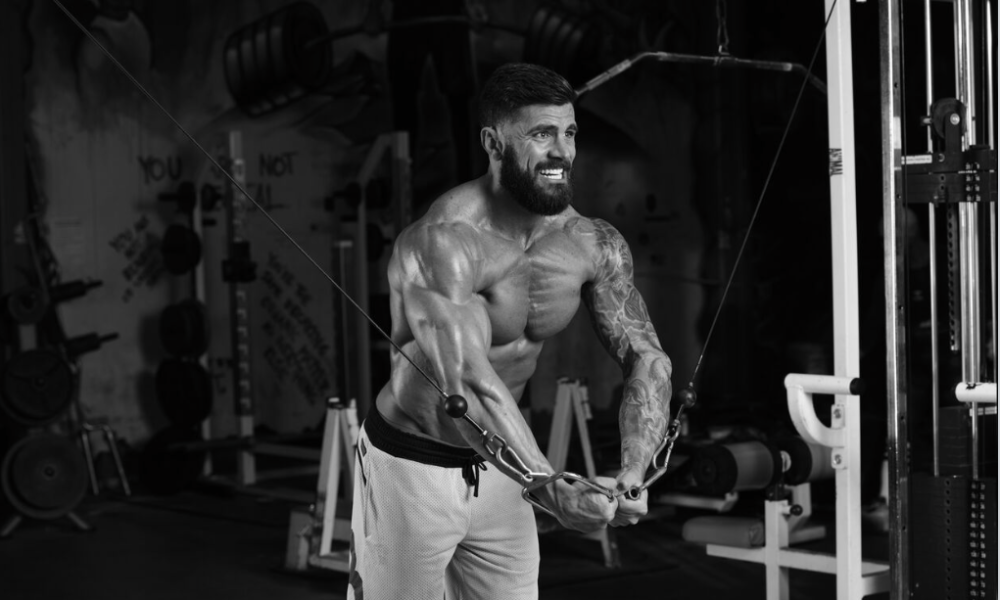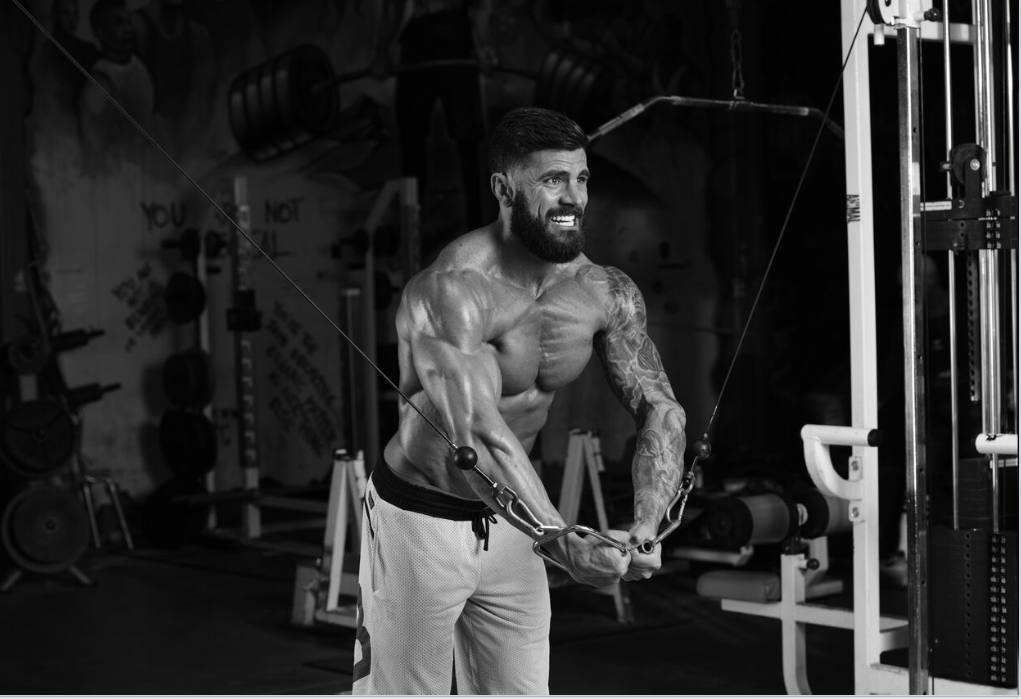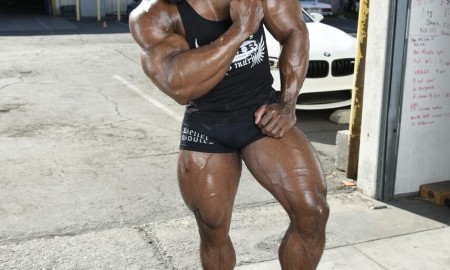


Cable crossovers are usually seen only in large, well-equipped gyms or heavy-iron gyms. The cable crossover unit requires a large area in the gym, and it’s not usually selected by average trainees, as it’s considered more of an advanced exercise.
Cable crossovers are usually the last exercise in a chest workout, typically following heavier bench presses, incline presses and flyes. As with any exercise, there are advantages and disadvantages as well as a few myths surrounding it.
The major advantage of the cable crossover is that you don’t perform it on a bench. The shoulder blades—scapulae—are free to move in a natural manner without being pinned to a bench. The major muscle of the shoulder is found on the sides of the chest and wraps around the back under the shoulder blades. It’s called the serratus anterior, and it is the foundation of the shoulder.
The free movement of the shoulder blade can enable the muscles of the shoulder to work in a more synchronized pattern. The free shoulder blade motion also permits the shoulder blades to slide back toward each other, allowing greater overall range of motion in the shoulder girdle. That can reduce the strain on the ball-and-socket joint of the shoulder—but only if you don’t force excessive range of motion in the ball-and-socket in the stretch position during cable crossovers. That can happen easily during dumbbell flyes but much less on the cable crossovers.
Another advantage of the cable crossover is the ability to move your body at different angles during the exercise. That can allow you to find a more comfortable position for your shoulders, which will enable you to keep using this exercise. The varying angles will also let you emphasize different areas of the pectoralis major.
The cables can also be attached to low pulleys or the pulleys may have clamps so they can be moved up and down to change the angle of the exercise as well.
There are a few disadvantages of the cable crossover, which may limit its popularity. It is very difficult to handle much weight on this exercise because you have to stabilize your body, especially the torso, while the weight from the cables is pulling it back and upright. A great deal of core stability is needed to perform the cable crossover. If you cannot maintain a proper position, the exercise probably won’t work for you. (Note that there are many ways to improve core stability other than stability balls and balance boards.)
Even though the cable crossover movement is more natural than a dumbbell flye or bench press, your shoulder still may not tolerate it. That will be based on your previous injuries, of course. If you have injured the ligaments in the shoulder or the cartilage ring surrounding the socket, you may still have shoulder pain when trying this exercise.
Cable crossovers can be modified significantly for trainees who have chronic shoulder pain. Adjust the height of the pulley system so the pulley is at shoulder level, and perform the exercise with one arm at a time. Stand in the middle of the apparatus while facing the usual direction. Grab the shoulder-height pulley handle. Stand upright so your arm with the pulley is straight out to your side, as if you were halfway through a lateral raise). Start there. Pull your arm all the way across your chest until the cable handle is beyond your opposite shoulder, and then return to the starting position. By not allowing the shoulder to move behind you so much, you reduce or eliminate the strain on the ligaments and cartilage ring while still giving the pec an opportunity to work.
Many trainees perform cable crossovers believing they will bring out striations in the pectoralis muscles. That is a myth. It’s not possible to spot-reduce, meaning you can’t reduce bodyfat in an area by training the area. You may have a good pec workout with cable crossovers, using a full range of motion and a weight you can actually handle, and that may give the feeling of a good pump and workout—but it won’t change the bodyfat in the pecs.
Until next time, train smart, then train hard.
Editor’s note: Visit www.SoftTissueCenter.com for reprints of Horrigan’s past Sportsmedicine columns that have appeared in IRON MAN. You can order the books, Strength, Conditioning and Injury Prevention for Hockey by Joseph Horrigan, D.C., and E.J. “Doc” Kreis, D.A., and the 7-Minute Rotator Cuff Solution by Horrigan and Jerry Robinson from Home Gym Warehouse, (800) 447-0008 or at www.Home-Gym.com.






















You must be logged in to post a comment Login